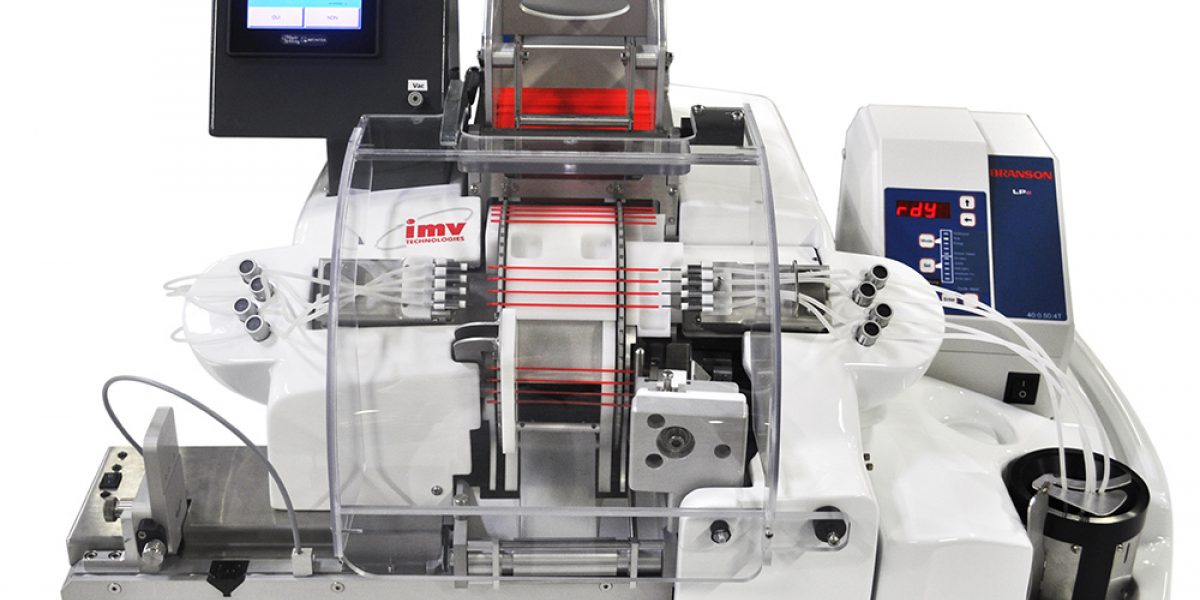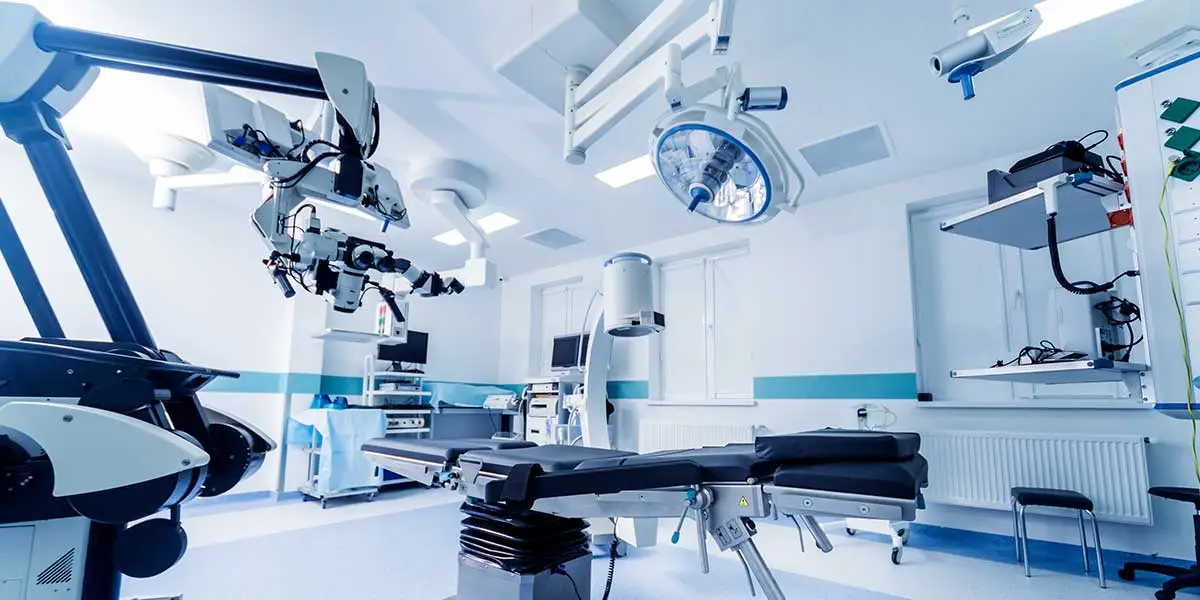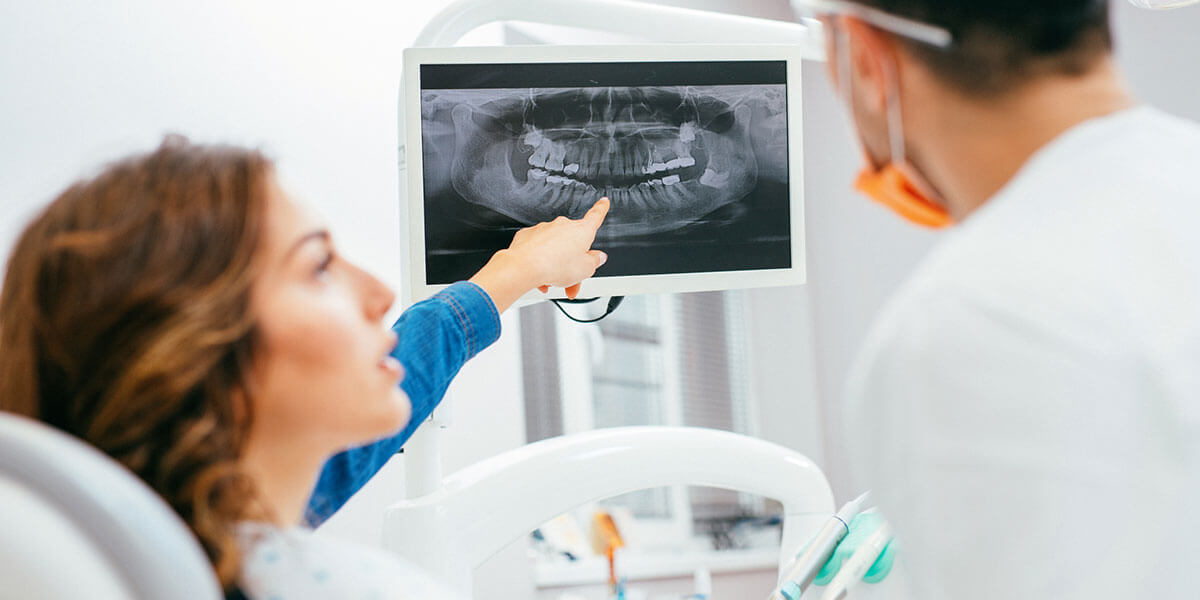A medical suction machine is a device used to remove bodily fluids, secretions, and foreign objects from a patient’s airway. It is an essential piece of medical equipment used in hospitals, clinics, and other medical facilities. Medical suction machines are used to clear the airway of mucus, saliva, vomit, and other debris that can block the airway and cause breathing difficulties. They are also used to remove foreign objects from the airway, such as coins, toys, and other small objects. Medical suction machines are available in a variety of sizes and configurations, and they can be powered by electricity, compressed air, or manual pumps. They are an important tool for providing safe and effective patient care.
Medical suction machines are an invaluable tool for those who require assistance with breathing. These machines are used in hospitals and other medical settings to help clear the airways of mucus and other secretions. However, they can also be used in the home to provide a safe and effective way to manage respiratory issues.










